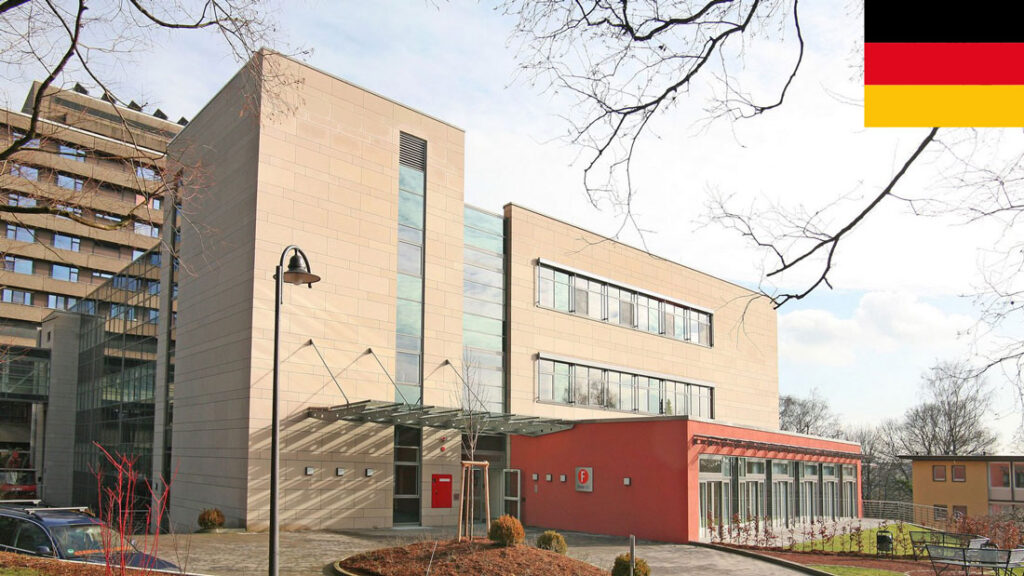Advances in Glaucoma Medical Therapy
Do you know what glaucoma is and how it affects millions of people worldwide? In this blog post, we will delve into the world of glaucoma, exploring traditional treatment options, exciting advancements in medical therapy, the role of technology in managing this condition, and potential future developments. Join us on this journey to discover a brighter outlook for those living with glaucoma!
What is Glaucoma?
Glaucoma is a complex eye condition that involves damage to the optic nerve, typically due to elevated intraocular pressure. The optic nerve plays a crucial role in transmitting visual information from the eyes to the brain, so any impairment can lead to vision loss.
There are different types of glaucoma, with primary open-angle glaucoma being the most common form. This type often develops slowly and without noticeable symptoms until significant vision loss occurs. On the other hand, angle-closure glaucoma can progress rapidly and cause sudden symptoms like severe eye pain and blurred vision.
Risk factors for glaucoma include age, family history, certain medical conditions like diabetes or hypertension, and prolonged use of corticosteroid medications. Regular eye exams are essential for early detection and management of this sight-threatening condition.
Traditional Treatment Options for Glaucoma
When it comes to treating glaucoma, traditional options have been the cornerstone of managing this eye condition. One common method is through the use of eye drops that help reduce intraocular pressure in the eyes. These drops work by either decreasing fluid production or improving drainage.
Another traditional treatment for glaucoma involves oral medications that can also help lower eye pressure. These medications are often prescribed in cases where eye drops may not be sufficient in controlling the condition.
In some instances, laser therapy is used as a traditional treatment option for glaucoma. This procedure aims to improve drainage in the eye and reduce pressure levels effectively.
Surgical interventions such as trabeculectomy or shunt implantation are also considered conventional treatments for more advanced cases of glaucoma where other methods may not suffice.
Advancements in Medical Therapy for Glaucoma
Advancements in medical therapy for glaucoma have brought about significant improvements in the management of this eye condition. These new treatment options aim to lower intraocular pressure, which is a key factor in preventing vision loss associated with glaucoma.
One notable advancement is the development of sustained-release drug delivery systems that help patients maintain consistent medication levels over an extended period. This can enhance treatment effectiveness and reduce the need for frequent dosing.
Another exciting development is the use of combination therapies that target multiple pathways involved in glaucoma pathogenesis. By utilizing different mechanisms of action, these treatments offer a more comprehensive approach to managing the disease.
Additionally, research into novel pharmacological agents and formulations continues to drive innovation in glaucoma treatment. These advancements hold promise for improving patient outcomes and quality of life by providing more personalized and effective care options.
Minimally Invasive Glaucoma Surgery (MIGS)
Are you familiar with the cutting-edge advancements in glaucoma treatment known as Minimally Invasive Glaucoma Surgery (MIGS)? This innovative approach offers a less invasive alternative for managing glaucoma compared to traditional surgical methods. MIGS procedures involve tiny incisions and specialized devices to improve the drainage of fluid from the eye, ultimately helping to lower intraocular pressure.
One of the key benefits of MIGS is its potential to reduce dependency on glaucoma medications, offering patients a more sustainable long-term solution. By enhancing fluid outflow through microscopic stents or other implantable devices, MIGS can help preserve vision and prevent further damage caused by elevated intraocular pressure.
Moreover, MIGS is often performed in conjunction with cataract surgery, making it a convenient option for individuals who require both procedures. This simultaneous approach can lead to improved outcomes and enhanced patient satisfaction postoperatively.
The Role of Technology in Managing Glaucoma
Technology has played a significant role in revolutionizing the management of glaucoma. With advancements like telemedicine, patients can now easily connect with their eye care providers for remote monitoring and consultations.
Innovative imaging techniques such as optical coherence tomography (OCT) allow for early detection of glaucoma progression by providing detailed images of the optic nerve and retinal nerve fiber layer.
Furthermore, sophisticated computer algorithms help analyze these images to track changes over time, aiding in personalized treatment plans.
Implantable devices like intraocular pressure sensors provide real-time data on intraocular pressure fluctuations, enabling more precise management strategies.
Artificial intelligence is also being utilized to predict disease progression patterns and optimize treatment outcomes based on individual patient characteristics. The future of managing glaucoma looks promising with the integration of technology into routine clinical practice.
Potential Future Developments
As technology continues to advance, the future of glaucoma treatment holds great promise. Researchers are exploring innovative drug delivery systems that could improve patient compliance and effectiveness in managing intraocular pressure.
Additionally, gene therapy is a cutting-edge area of research that may offer personalized treatments based on an individual’s genetic makeup. This tailored approach could revolutionize how we treat glaucoma and potentially prevent vision loss more effectively.
Advancements in artificial intelligence and machine learning are also being integrated into diagnostic tools for early detection of glaucoma progression. These technologies have the potential to enhance monitoring capabilities and improve outcomes for patients with this condition.
The field of ophthalmology is on the brink of exciting developments that could transform the way we understand and manage glaucoma in the years to come.
Conclusion: A Brighter Outlook for Those with Glaucoma
As advancements in medical therapy and technology continue to progress, the future looks promising for individuals living with glaucoma. The availability of minimally invasive procedures like MIGS offers patients less invasive options with potentially quicker recovery times and fewer complications. With a better understanding of the causes and progression of glaucoma, ophthalmologists can tailor treatment plans more effectively to preserve their patients’ vision.
By staying informed about new developments in glaucoma management and seeking regular eye exams for early detection, those affected by this condition can look forward to improved outcomes and a brighter outlook on managing their eye health. Remember, early intervention is key in preserving your vision – so don’t hesitate to consult with your healthcare provider if you have any concerns regarding glaucoma symptoms or risk factors. Together, we can work towards a clear vision for the future of glaucoma treatment.



